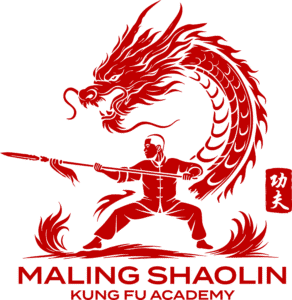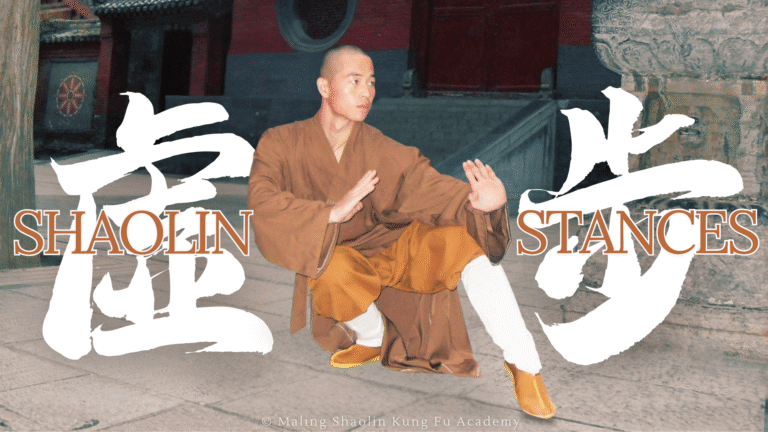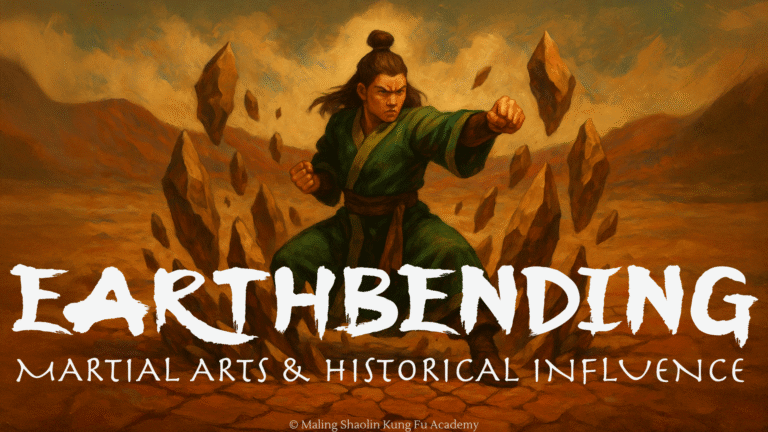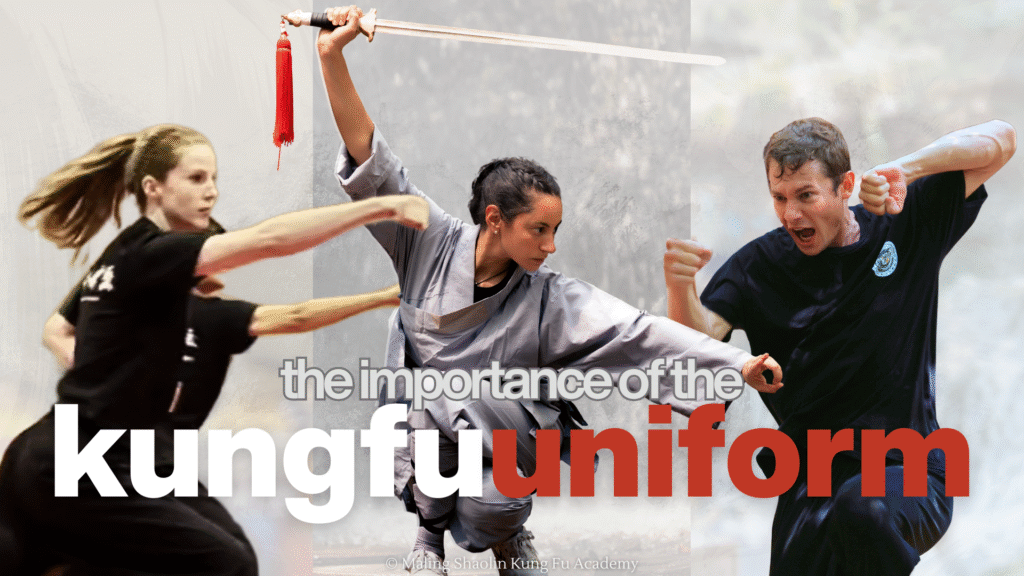
In martial arts, a uniform is far more than a training outfit – it is a tangible link to centuries of tradition, discipline, and culture. From the crisp white gi of Japanese karate to the flowing silk suits of Chinese kung fu, these garments reflect each art’s philosophy and practical needs. In Chinese martial arts (wushu/kung fu), uniforms carry a rich heritage. They embody the austere discipline of Shaolin monks and the cultural pride of modern kung fu schools. Worn correctly, a uniform helps set the tone for practice: putting it on becomes a ritual of mentally “stepping into” a training mindset. This article explores the evolution of kung fu uniforms – especially the iconic Shaolin attire – and why these uniforms remain crucial for practicality, tradition, and discipline.
Early Traditions: Attire in Chinese Martial History
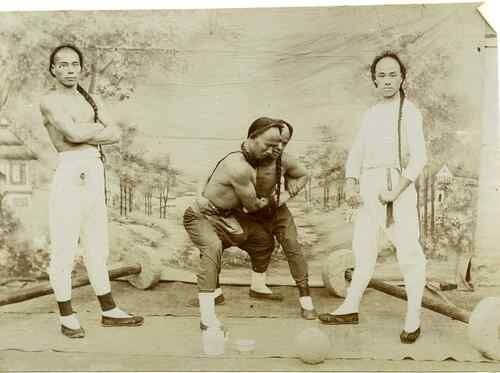
For much of history, Chinese martial artists had no single “official” uniform. In imperial times, practitioners often trained in everyday clothing or whatever was practical for movement. Unlike Japan – where a standardized white uniform (keikogi) was introduced in the late 19th century to modernize and equalize training attire – Chinese martial arts did not adopt one universal style. Vintage photographs before World War II rarely show Chinese fighters in matching outfits, except during public performances like lion dances. Well into the early 20th century, a kung fu master might teach students wearing traditional robes or common tunics and trousers rather than a dedicated uniform.
This began to change during China’s Republic period (1912–1949). In the 1920s–30s, as martial arts were reformed and popularized, a variety of uniforms emerged. No single pattern dominated, but many schools embraced modern, even Western-influenced, attire as symbols of progress. For example, members of the Jingwu (Chin Woo) Association donned crisp white jackets, while other demonstration teams wore sports coats, knickers, and military-style canvas belts. Some instructors still preferred traditional scholar’s robes, but increasingly, schools sought a cohesive look to represent their identity. Notably, in southern Chinese cities like Guangzhou and Hong Kong, working-class kung fu schools and lion dance troupes began adopting simple matching T-shirts (often printed with the school name) as a kind of uniform. This humble practice – teammates wearing identical shirts at demonstrations or festivals – has a “long and distinguished history” in Chinese martial arts. In fact, matching kung fu team T-shirts are about as “traditional” (in terms of historical timeline) as the Japanese karate uniform: both became common in the interwar years of the early 20th century.
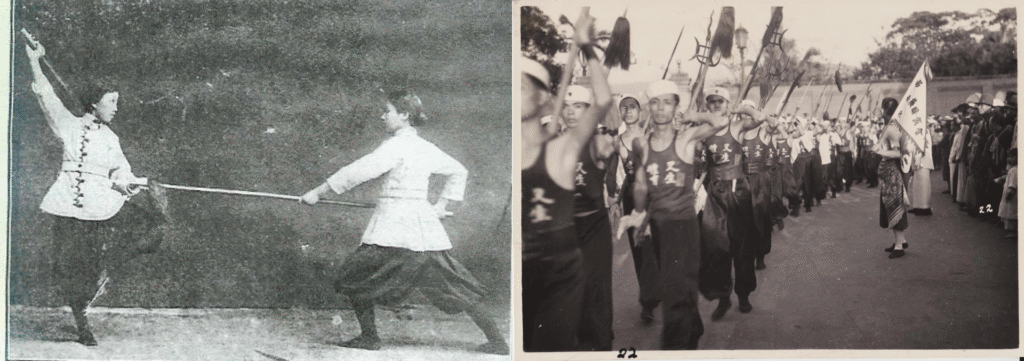
By mid-century, especially after the founding of the People’s Republic in 1949, wushu was standardized as a national sport and new uniform styles appeared. In contemporary wushu competitions, athletes wear bright satin or silk outfits with Chinese-style jackets and loose pants, often adorned with colorful trim and embroidery. These eye-catching costumes pay homage to tradition but were largely shaped in modern times for performance. Traditionalists, however, tend to favor more muted, durable attire for regular training. As we’ll see, nowhere is the balance of tradition and practicality more apparent than in the uniforms of the Shaolin Temple – perhaps the most iconic kung fu uniform of all.
The Shaolin Monk’s Uniform: Tradition in Motion
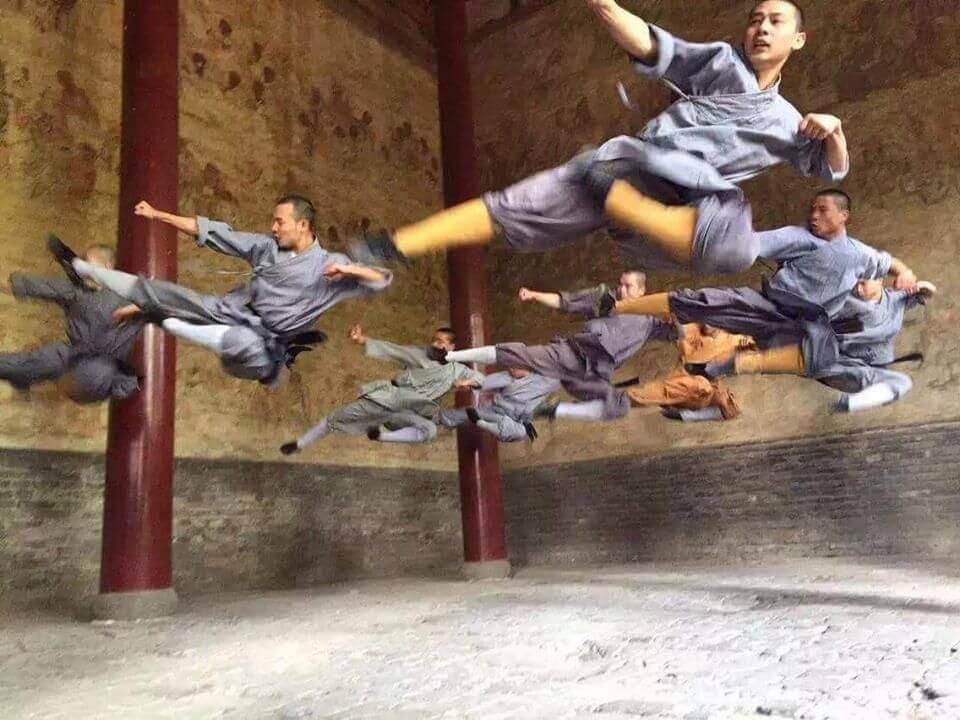
In the early morning at Shaolin Temple, rows of disciple monks gather in identical attire: loose grey tunics and trousers tied at the calf, each wearing simple cloth shoes. This scene is both practical and deeply symbolic. Shaolin monks actually maintain two types of robes: a formal monastic robe for daily religious life and a functional training uniform for kung fu practice. The everyday monk’s robe (called a jiāshā, sometimes transliterated “kayasa”) is a flowing garment wrapped around the body. Unlike the burgundy or saffron robes of other Buddhist orders, the Shaolin monks’ robes became famously bright orange – a quirk of history, as the particular plant dye available to the temple centuries ago produced an orange hue. Over time, this vivid color became a proud hallmark of Shaolin tradition.
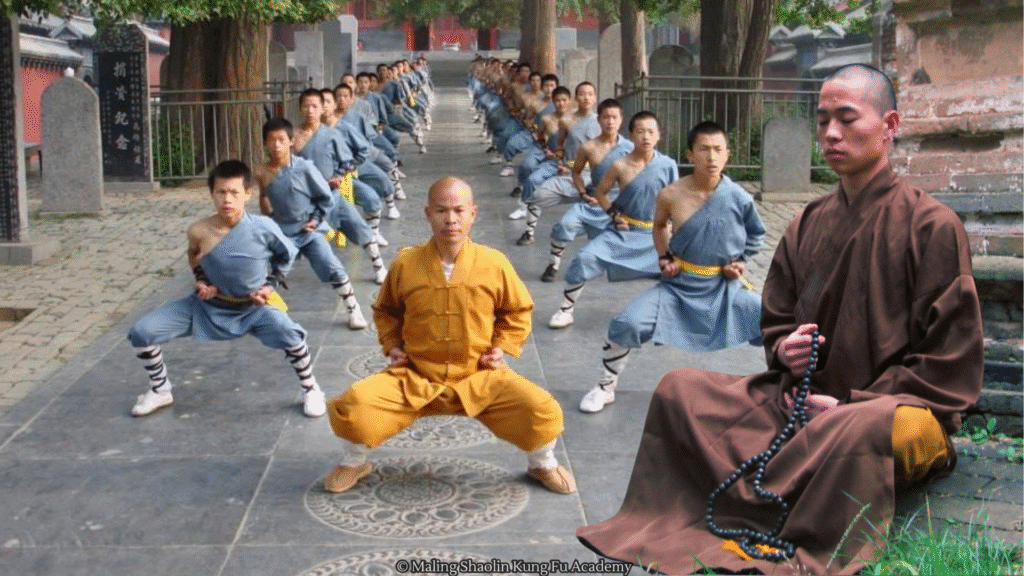
Did you know there are two kinds of monks
at the shaolin temple?
Click below to learn more about the Wénsēng (文僧) Literary Monks
and Wǔsēng (武僧) Warrior Monks, their roles, robe colors, and more!
For rigorous training, however, Shaolin warriors switch to a plainer yīfú (training uniform) consisting of a simple jacket and pants, usually in natural cotton or canvas of grey or earthy tones. Every element of this outfit is designed with purpose. The jacket is collarless with a side-opening front secured by knotted frog buttons or ties – a classic Chinese design that avoids hard fasteners and won’t snag during agile movements. The cut is loose-fitting to permit deep stances, high kicks, and acrobatics without restraint. Sleeves are roomy but not overly long, often cuffed or tied off so they won’t interfere with hands and weapons. The pants are likewise baggy (“lantern-style” in modern wushu terms) and tied with a drawstring or elastic at the waist. Critically, monks traditionally wrapped strips of cloth or elastic leg bindings around their lower calves to blouse the pants. These leg wraps keep the pants securely in place (no loose hems to trip on) and provide a gentle support to the legs – somewhat analogous to athletic compression wraps. Due to innovation with the pants and sock materials and design, however, the legs bands are not always worn in modern times, as you see with the image above.
Completing the uniform are lightweight cotton shaolin socks and cloth slip-on shoes, which give traction yet allow the feel of the ground. The overall ensemble is breathable, made from natural fibers like cotton or raw silk that suit the mountain climate and vigorous activity. Traditional uniforms avoid synthetic fabrics; proponents note that materials like raw silk or organic cotton “breathe” and even harmonize with the body’s energy better than polyester. Whether or not one subscribes to the idea of fabric affecting one’s qi, the practical comfort of these materials is undeniable – they are durable, absorb sweat, and dry quickly.

Every piece of the Shaolin uniform also carries symbolic weight. Shaving one’s head and donning the humble grey training garb is part of a monk’s commitment to ascetic discipline. Tying the sash belt at the waist not only secures the jacket but signifies binding oneself to the rules of the temple. Even the act of wrapping the legs and pulling on the cloth shoes each morning can be seen as a meditative routine, reinforcing focus before practice. In essence, the Shaolin uniform represents a merging of Buddhist monastic tradition with the pragmatic needs of martial arts training – an outward expression of Shaolin’s motto of harmonizing Chan (Zen) and Quan (Fist). As one modern observer noted, “every strap, fold, and robe” in the Shaolin outfit has a deeper purpose beyond mere appearance.
Evolution of Kung Fu Uniforms in Modern Times
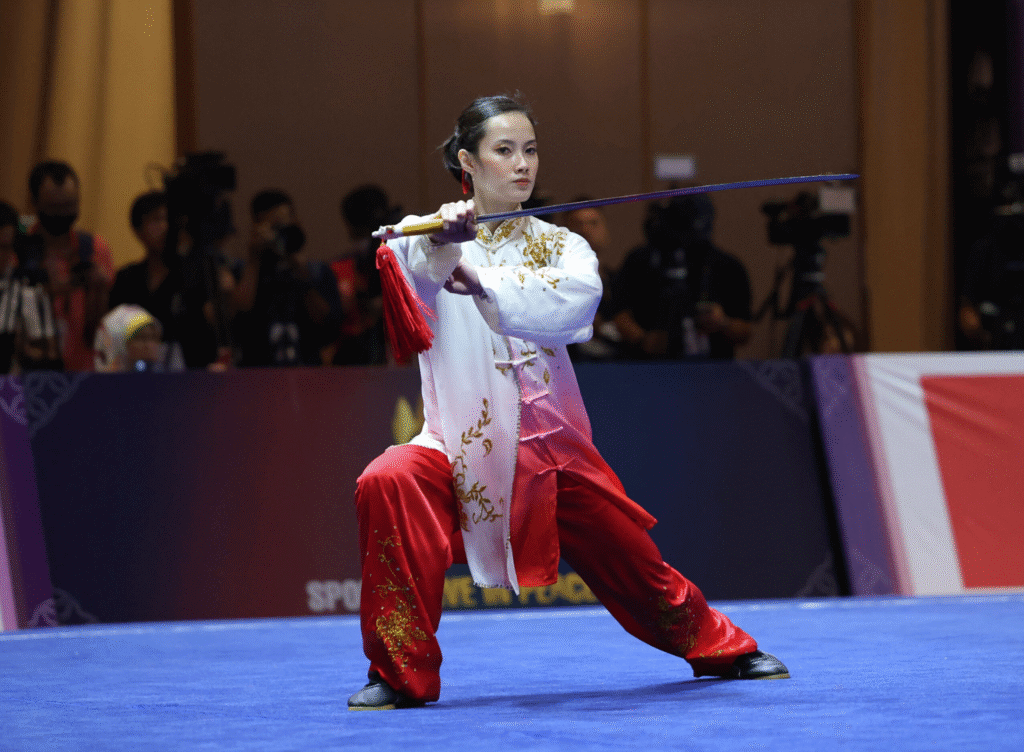
Outside the monastery walls, Chinese martial arts uniforms have continued to evolve. In the mid-20th century, as kung fu spread globally, many schools adopted the traditional Chinese kung fu suit: a lightweight silk or cotton jacket with a Mandarin collar and frog buttons, paired with matching loose pants. Often this is the image people have of a kung fu uniform – for example, the satin suits worn in contemporary wushu tournaments, typically in bright colors with contrasting piping. Modern competition rules even codify these elements: the International Wushu Federation specifies that competitors wear a Chinese-style top (short or long sleeve) with seven toggle buttons down the front, plus loose “lantern” pants with elastic ankles and a sash at the waist. Such standards ensure performers present a uniform appearance that upholds cultural authenticity while allowing full mobility. In demonstration events like Changquan (Northern Shaolin forms), athletes commonly choose flashy silk uniforms that catch the eye; by contrast, internal arts like Taijiquan favor flowing white or pastel outfits with long sleeves – all in line with tradition and the aesthetics of each style.
Yet for day-to-day training, many kung fu schools prefer more low-key and rugged attire. It’s not unusual for instructors to issue students a simple uniform of black cotton pants and a T-shirt (often emblazoned with the school’s logo or a tiger/dragon graphic). In fact, the practice of training in matching T-shirts has been around in Chinese martial culture since at least the 1920s, as noted earlier. These informal uniforms serve the same goals as a fancy silk set – fostering group identity and discipline – but are cheaper and easier to move in (and launder!). Some schools still use traditional jackets for class, while others save them for ceremonies and photos, relying on T-shirts or sweats for regular practice. Importantly, even when the uniform is just a colored shirt, the principle of uniformity remains: everyone dressing alike reduces distractions and emphasizes equality on the training floor.
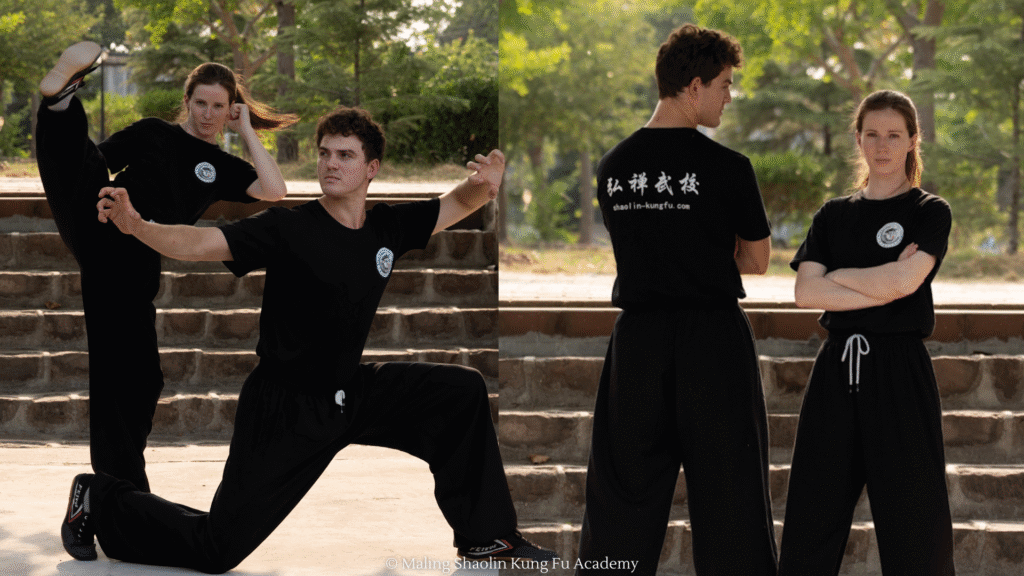
Through all these developments, a thread of continuity ties past to present. Kung fu uniforms today still prioritize loose, flowing cuts that facilitate the art’s circular techniques and low stances. Schools proudly incorporate symbols of their lineage – a patch of their style’s emblem or auspicious Chinese characters – much as militias or guilds might have in olden times. And the expectation that students keep their uniform clean, neat, and worn properly remains a quiet form of discipline. Instructors often remind students that caring for one’s uniform (folding the suit, washing it regularly, tying the sash correctly) is part of cultivating respect and a diligent mindset. A fraying or sloppy uniform might be seen as a sign of equal sloppiness in one’s practice.
Why Uniforms Matter: Tradition, Practicality, Discipline
The enduring presence of uniforms in kung fu speaks to three core functions they serve:
Honoring Tradition and Respect: Wearing the prescribed attire connects practitioners to martial arts history and heritage. Every fold and frog button echoes an “ancient tradition” or cultural practice – be it the robe of a Shaolin monk or the emblem of a revered grandmaster. Donning the uniform is a sign of respect for one’s teachers and the art itself. It also creates a mental shift; as many martial artists attest, tying your belt or sash is like a ritual that helps you enter the proper mindset for training.
Practical Functionality and Safety: A good uniform is engineered for the rigors of martial training. The design allows a full range of motion – critical for executing deep stances, high kicks, and rapid strikes. Strong natural fabrics (heavy cotton for grappling arts, or sturdy silk or cotton blends for kung fu) withstand intense use and even provide minor protection. For example, long sleeves and pants prevent mat burns or scrapes, while secured cuffs and ties keep the clothing from snagging or obstructing movement. The uniform also maintains modesty and comfort, absorbing sweat and regulating body temperature during exertion. In short, it is athletic gear tailored to the art’s needs, whether that means reinforced seams for throwing techniques or lightweight breathability for high-flying kicks.
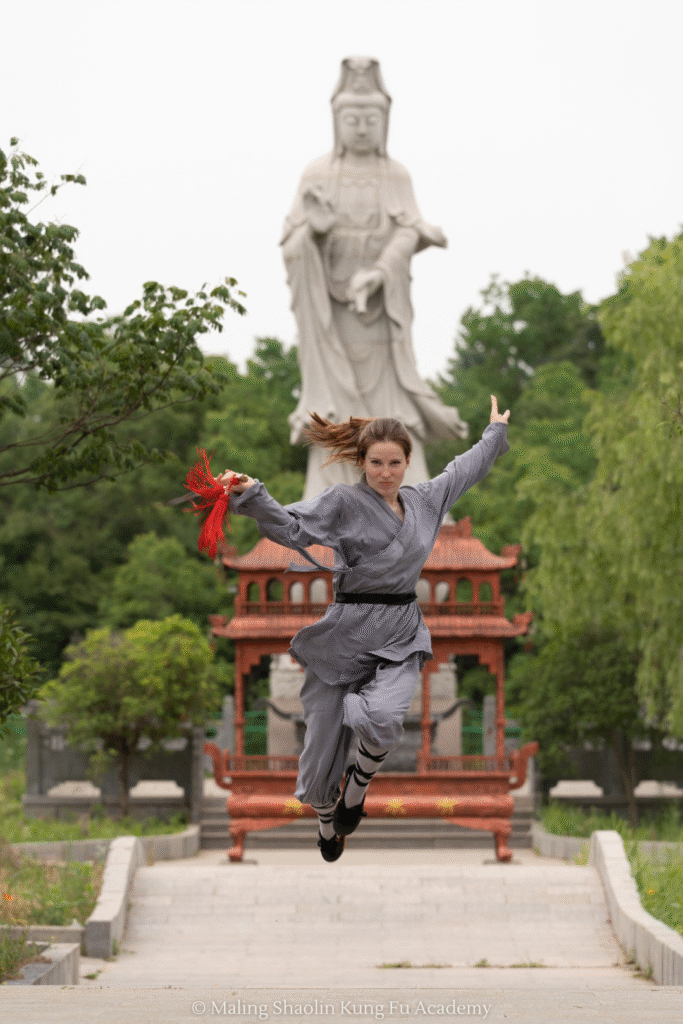
Tips From A Student:
“When I first came back to Maling Academy after COVID, I made what I now recognize as a rookie mistake—I trained in sports shorts. It was summer, it was hot, and I thought, ‘Why not?’ Well… I found out why not very quickly. Within a couple of days, my legs looked like I’d run through a briar patch—tiny shallow cuts everywhere from sword practice. Back before COVID, I’d just started learning sword in the winter, so when I returned, I jumped right back in. Every day I was spinning the sword (and later, swords—plural) for flowers practice, and if my body wasn’t angled just right or my wrist rotation was off even a fraction, the blade would brush my skin. They’re not sharp like a kitchen knife, but at the speed we spin them, they’ll still slice you.
Then there were the mosquitos. At the time, the school still had a few around in summer, and my bare legs were basically an all-you-can-eat buffet. And of course, training outside on the cement meant plenty of scrapes, plus the occasional sunburn because I’m prone to burning. By the end of the week, I’d learned my lesson: shorts might feel cooler at first, but they’re a disaster for kung fu training here (and, honestly, in peak summer heat and sun, pants actually feel cooler anyway). Now I stick to our loose, breathable kung fu pants—natural fibers that move with you, protect you from blades, bugs, and scrapes, and save you from looking like you’ve been in a wrestling match with a thorn bush. Honestly, they’re not just tradition—they’re survival.”
– Ashley, Maling Shaolin Kung Fu Academy
2019-2020; 2023-Present
Community, Unity and Discipline: Perhaps most importantly, uniforms cultivate a sense of unity. When a class suits up in identical clothing, differences in background or status fade – everyone becomes simply a student on the same path. This uniformity fosters camaraderie and mutual respect. It also reinforces discipline: the very act of adhering to a dress code signals commitment. Traditional kung fu schools often require students to line up and bow in together, uniformed neatly, before practice – a powerful visual and psychological reminder that martial arts training is a formal, serious endeavor. As one scholar of martial culture observed, uniforms are “symbolic representations of the communities that produced them,” expressing shared values and achievements. Whether it’s a monk’s robe or a school T-shirt, the uniform binds individuals into a lineage and ethos greater than themselves.
Conclusion: Threads of the Past, Fabric of the Future
Throughout the journey of Chinese martial arts – from Shaolin Temple’s storied courtyards to modern city dojos – the uniform has remained a constant, if evolving, companion. It is at once practical apparel and symbolic armor. The loose cotton suits and sashes that we tie on today carry the imprint of both ancient monastic traditions and 20th-century innovations. They remind us that even as times change, the core values of kung fu endure: respect for tradition, excellence in practice, and unity in discipline. Next time you see a group of kung fu students moving in unison, notice their uniforms moving with them – each fold and crease telling a story of functional design, cultural continuity, and the collective spirit of martial arts. In the timeless words often echoed in dojo and temple alike: “We wear the uniform, and in turn, the uniform shapes us,” instilling the focus, pride, and harmony that define the true spirit of kung fu.
